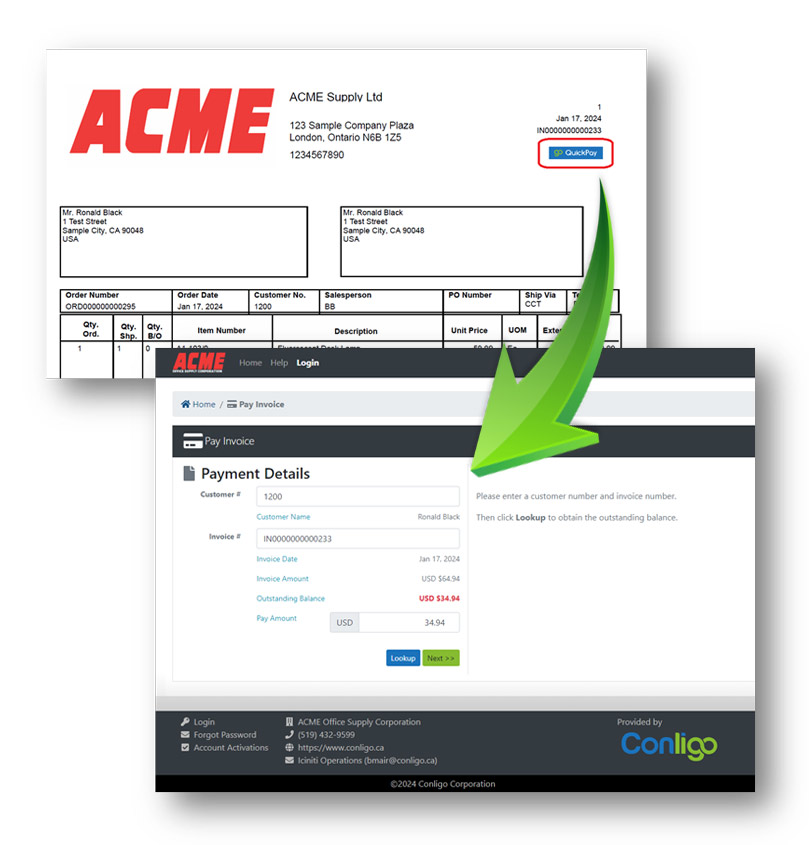You’ve made a big investment in your accounting and inventory software. After a lot of time, money, and effort, you’ve gotten to the point where you and your team can use it the way you like.
But how do you make sure that your ERP knows what’s happening on your other business platforms, like your online store or payment card gateway? Leaving these platforms unconnected to your ERP requires you to constantly re-enter all the data from these platforms into your ERP, which can lead to costly errors. Worse yet, members of your sales or customer service teams might not have the ability to access vital customer information contained in your ERP.
To deal with these issues, you might go out and get yourself an external ecommerce platform, payment solution, and sales team dashboard. As SelectHub notes, there are many different platforms you can integrate with your ERP. But now you need to manage all these different platforms that don’t talk to each other. That means your sales team might not know vital information about a certain customer’s order history, or they might not be able to remotely send new orders to your ERP. Someone in your office might also forget to take the information from your online orders and enter it into your ERP, which can annoy customers and damage your brand. Or your payment card solution might not send crucial payment and ordering details to your ERP.
One way people try to deal with this problem is backward integration, where you ask a company to build and configure a set of custom connectors to link all of your scattered solutions back to your ERP. But the flow of data in this situation is often not done in real-time, and you find yourself needing to rebuild, redesign, or reconfigure these connectors as your business scales.
The other option is building outward from your ERP with purpose-built solutions. These cloud-based solutions start with your ERP and build outward to provide seamless e-commerce, payment card processing, and sales team intelligence that flows to and from your ERP. That means your ERP knows what the rest of your business solutions are doing. That means more accurate data, more reliable payment card processing, and solutions that scale easily as your business grows.
If you’d like to learn more about how your company can
further unlock the potential of its ERP by building outward, please don’t hesitate to contact Conligo today at sales@conligo.ca. We’d be very happy to offer advice on the best path forward and to discuss your options.


